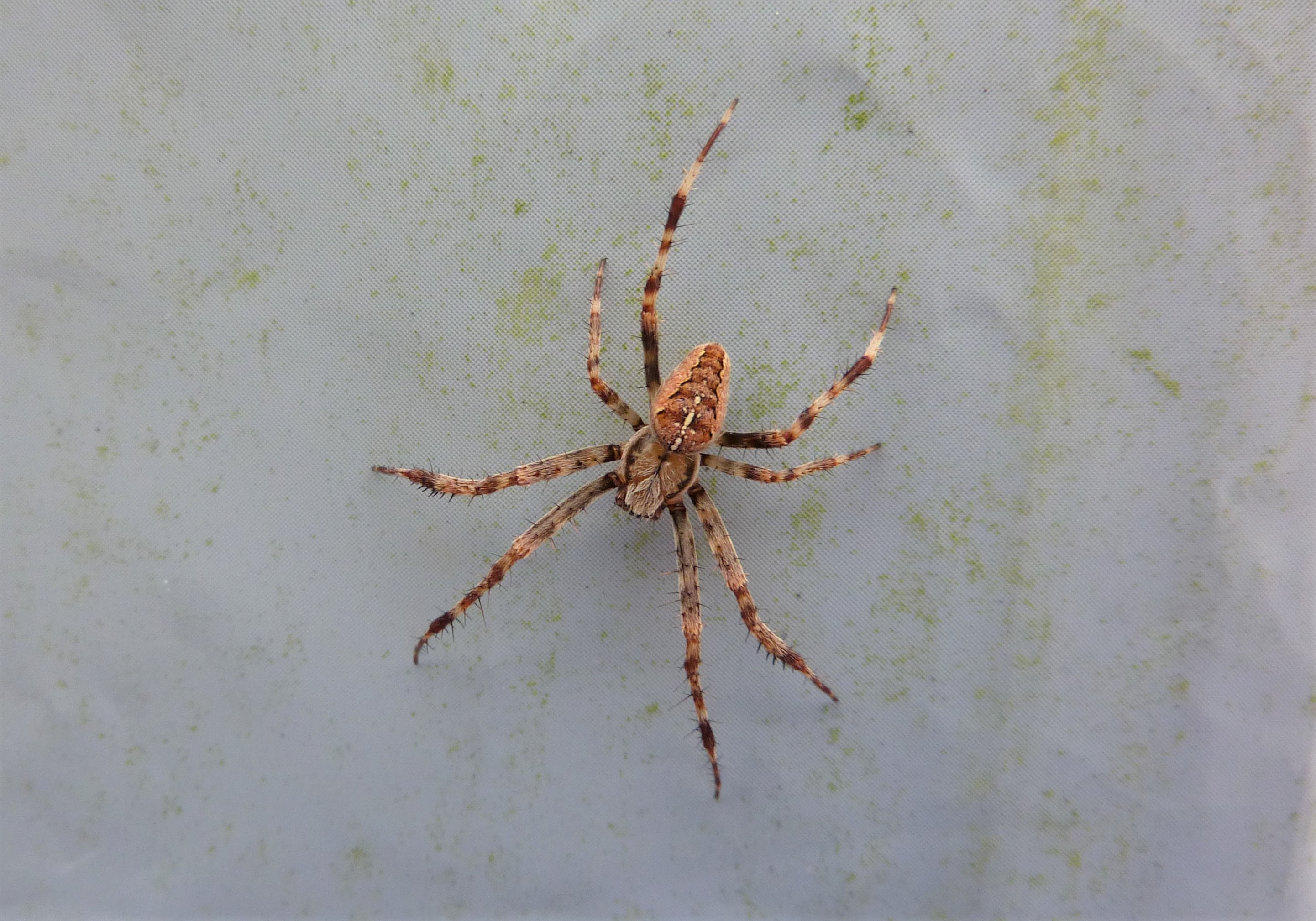Sickleholme Nature Notes
Not surprisingly, the restrictive January weather produced less reports than usual and the course was closed on a number of dates. Snow and ice produces difficult conditions for birds that have to hunt for food, so it was good news when Matt reported seeing one of our resident Barn Owls on the day after the thaw set in.
Keith Summerfield reported more Pink-footed Geese moving overhead, and there were two reports of Ravens seen and heard. Sometimes frosty conditions with sunshine can prompt early bird song and such was the case on the 30th when the three-ball that I was in were serenaded at length by a Mistle Thrush from the very tip of a fir tree. Several Coal Tits were also singing, as were two Goldcrests, although you have to be able to cope with high-pitched notes if you are to hear that species.
Insects can be harder to find in winter but the surrounds of the car park and the run down to the machinery sheds revealed a number of spider webs. In previous notes, I have used an image that I took a few years back that shows how spectacular a web can look when covered in condensation and then by frost. The whole throws up questions to which I do not know the answers. Are spiders hardier than other insects? What are they hoping to catch at a time of year when there seems almost no flying insects? Are these winter webs bigger to give a better chance of a catch? Does the frosty outline reduce the chance of a catch because it is more visible? There are many species of spider but my photo this month is of one of the commoner species, the Garden Spider.
February should produce more bird song, a few more wildflowers, and possibly some early bees, so do keep your reports coming please.
Bryan Barnacle


